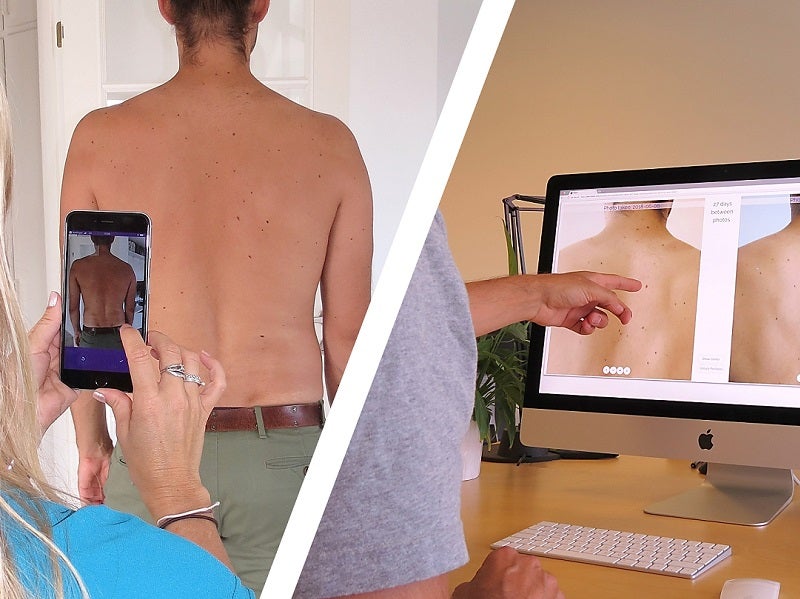
Recent statistics show an annual increase in deaths from malignant melanoma in England, with historic data indicating a 43% increase in mortality levels from the disease since 2001. Monitoring the skin for any potentially dangerous changes can help catch cancer in its early stages and prevent further complications down the line, but low public awareness around the presentation of the disease means many patients miss these vital warning signs.
The MiiSkin app, designed to be used in the home by non-medical professionals, is helping to change this by using AI to enhance patient’s awareness of news moles and marks on their skin. MiiSkin CEO Jon Friis explains how the technology works and how increased awareness can help boost skin cancer survival rates.
Chloe Kent: What is the experience of a patient using MiiSkin?
Jon Friis: There are two important core features within the app. The more common one lets you track single moles by taking close-up photos over time to see how things are evolving. At the same time we also have skin mapping, where you have a more holistic approach using AI and machine learning technologies to process photos of your back and see if anything new has appeared on your skin.
One of the major challenges about skin cancer is that people aren’t primed to notice new things on their skin – 70% of melanoma cases form as a new mark on the skin and don’t form from an existing mole, so it’s very important to have a more holistic approach in monitoring your skin as a whole.
How well do you really know your competitors?
Access the most comprehensive Company Profiles on the market, powered by GlobalData. Save hours of research. Gain competitive edge.

Thank you!
Your download email will arrive shortly
Not ready to buy yet? Download a free sample
We are confident about the unique quality of our Company Profiles. However, we want you to make the most beneficial decision for your business, so we offer a free sample that you can download by submitting the below form
By GlobalDataMiiSkin is a tool for self-monitoring. It doesn’t help you diagnose, but it helps you conveniently manage your skin and follow its processes over time.
CK: How does the algorithm behind MiiSkin work?
JF: It’s evolving all the time. One of the benefits of machine learning is that it keeps enhancing or amplifying itself to become better and better.
Imagine you have photo of your back where you have thirty moles, we process it in our skin map, and then you can come back sick months later and take another and the AI is going to find all of the moles and all of the dark spots on your skin. It’s important that then you go and check this out, and it helps train the algorithm.
Cancer organisations and the world’s leading doctors and dermatologists tell patients to look after their skin, and that’s very easy to hear on the way out of a consultation but it’s quite complex to do. Most people don’t look at their back too often, and when they do they cannot remember how it looked last time, and this is what we’re changing now.
CK: How is patient data protected in MiiSkin?
JF: GDPR and information protection, that’s very important to us. At the end of the day we need to build a trusting relationship with our patients and our users, so everything is very securely locked and encrypted on the phone. We also have a back-up copy encrypted on our server side so if the patient loses their phone they can get everything they have already uploaded, but no one will see the images. This is the trust we build up. It’s very, very important to us.
CK: Why is it that skin cancer mortality rates are on the rise?
JF: It seems like there’s a lot of factors. We tend to live longer so our skin picks up more UV radiation, the primary cause of skin cancer. Plus, we have cultural factors around it, how we enjoy outdoor life, the sun, how we travel. In Northern Europe we tend to travel a lot and most of us are quite fair-skinned and we travel to southern countries and lie on the beach, which can lead to skin damage.



